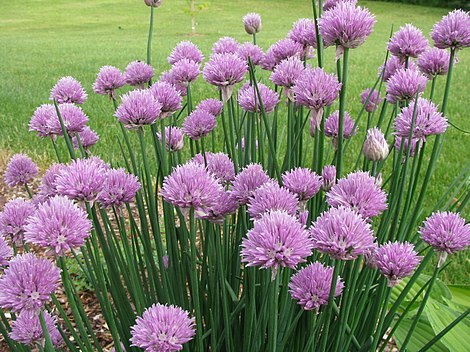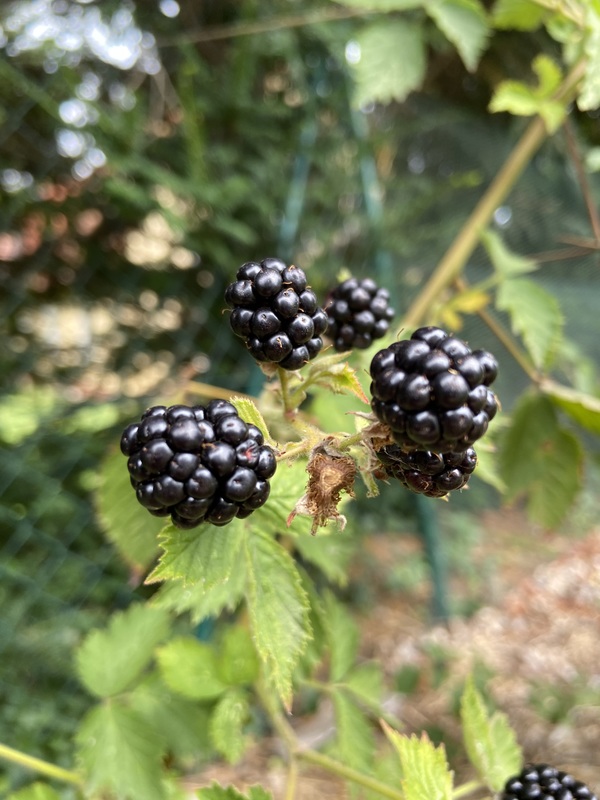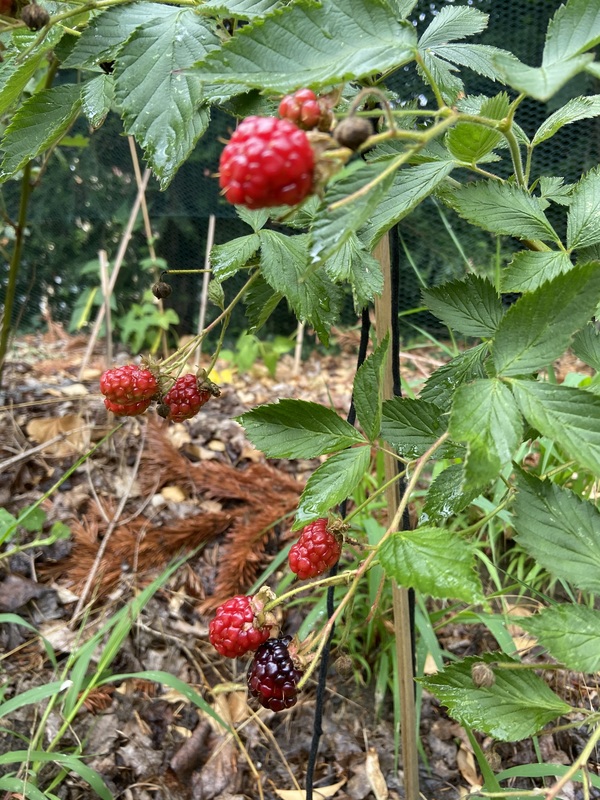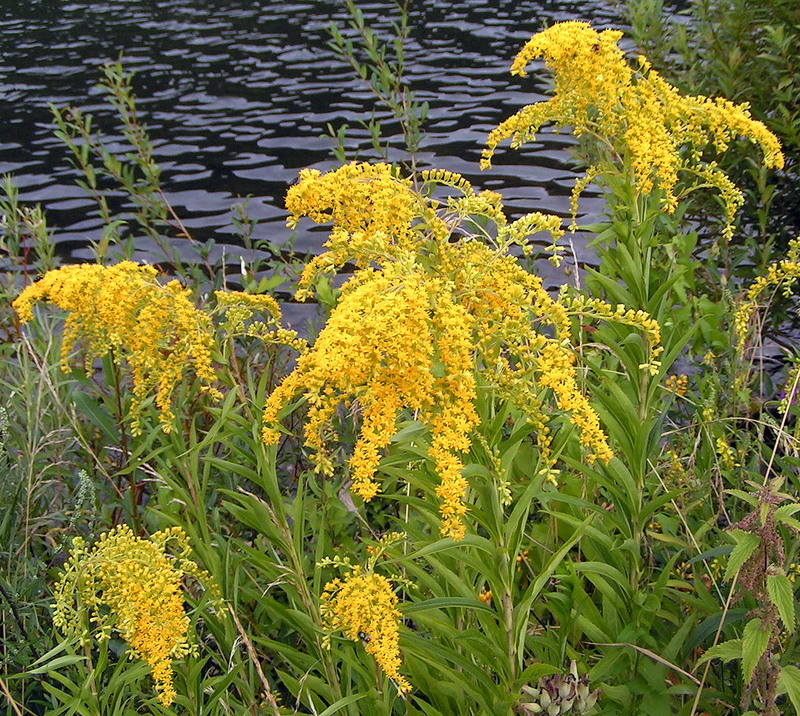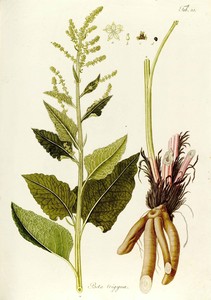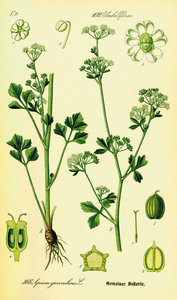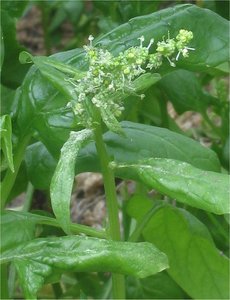Description
The leek is a member of the onion family. It is native to the eastern Mediterranean and parts of Asia. The plant has long, flat, glossy leaves that are typically green in color. It has a white stem that widens into a bulb at the bottom. The plant has a distinctive, onion-like aroma and flavor.
Leek plants grow to a height of around one to two feet and have a spread of six to eight inches. They grow relatively slowly, taking around three to four months to reach maturity. Leeks can be distinguished from other members of the onion family by their larger size and more elongated shape.
Leek plants prefer moist, well-drained soil and full sun. They can be grown in a variety of soil types but prefer a slightly alkaline pH. To cultivate leeks successfully, a grower should plant them in trenches or hills and keep the soil moist throughout the growing season. Leeks are winter hardy and can be grown in most climates. Usually sown in containers or seed beds first and then moved to their final place a few months later.
Leeks are edible and can be used in a variety of dishes. The edible parts of the plant are the white stem and the tender inner leaves. Leeks can be stored in the refrigerator for several weeks after harvest.
In addition to their use in cooking, leeks have a number of other uses. They can be used medicinally to treat a variety of conditions, including coughs and respiratory problems.



